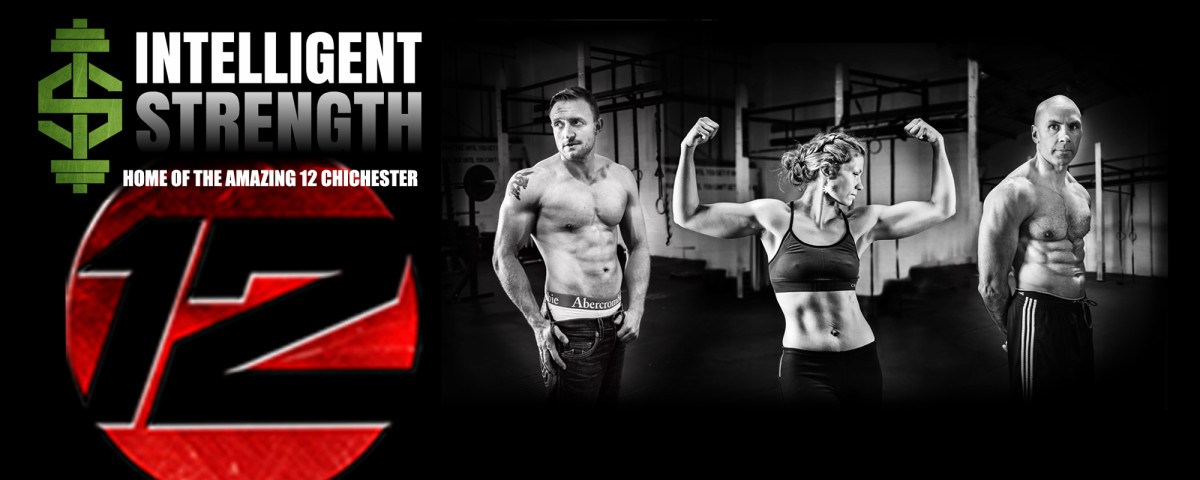
JON is father of two and busy business owner. He had been training fairly regularly before beginning the program.
It’s fair to have described him as strong. He’d come through the CrossFit fundamentals program, but had, on and off, been training for years. He has his own equipment at home and was certainly no newcomer to lifting or training.
I put this information in here because people believe if they have a busy work and family life it’s impossible to commit to a program such as this. Most days Jon trained twice, once by himself and also in the gym with me.
To say his body responded well is an understatement. Early on in the program he would get comments from other gym members noticing his gains. He said he’d never ever been able to see his stomach muscles. Now he can.
Of course, there’s more to the Amazing 12 than revealing a six-pack. By the end Jon didn’t just look so much stronger, but he was, in fact, stronger and fitter.
Work demands meant he was forced to skip a session here and there, which wasn’t ideal, but Jon wanted to sign-up for an extra week to make up for it and that’s what we did.
He lost about a stone in weight and piled on muscle, as you can see from the photos. We didn’t use any crazy diet drinks or do any crash dieting. His transformation was achieved all with healthy eating (whole foods) and intelligent training.
Jon started off with a 1rm of 90k in the bench press and by the finish was doing multiple reps with that weight. He’d always struggled with pull-ups, but at the end was doing multiple chin-ups with 8k attached. He was genuinely amazed at the change. His shoulders got super-strong, too. He finished doing multiple reps with more than 85% of his previous 1rm. His deadlift went from a not-very-pretty 155kg 1rm to doing multiple reps and sets with 130kgs. Fitness-wise, he was warming up with 500m rows at a pace most members of my gym would regard as an all-out sprint.
If Jon can make it happen, anyone can.









